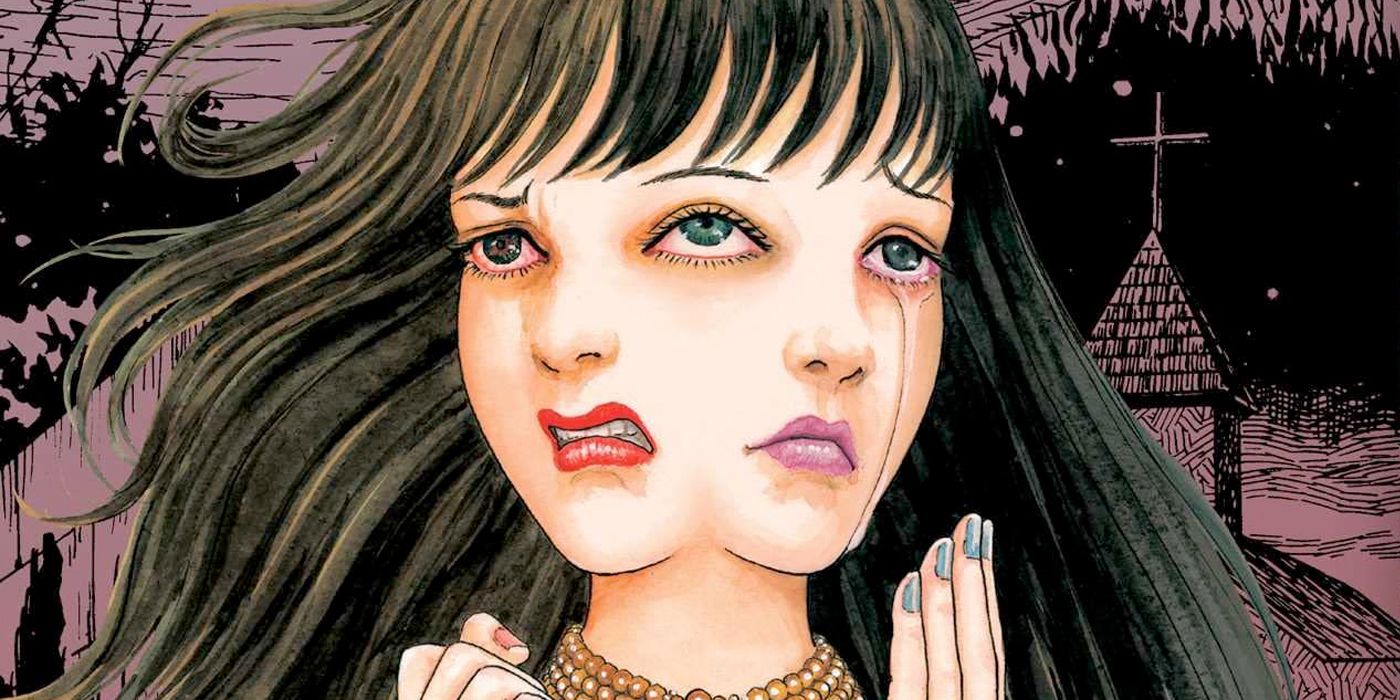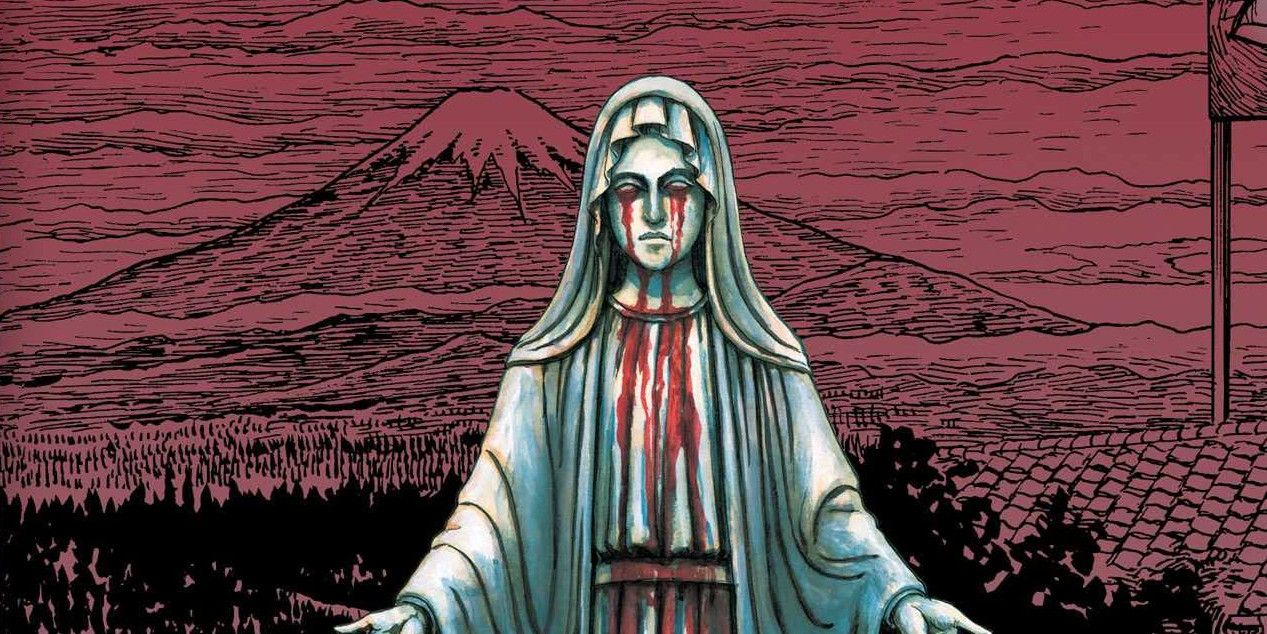The Liminal Zone is the latest short story collection by horror manga icon Junji Ito. Upon first reading this selection, it initially feels like Ito's previous short story collections: an eclectic group of ideas named after a single noteworthy work, with Deserter and Smashed being examples of this. However, The Liminal Zone is not the title of any individual story.
This begs the question of where the title came from. Ito himself doesn't provide any hints in his afterword, claiming that these works came from unused notes he'd written years ago. But the stories do share some commonalities. Like most of Ito's work, readers can interpret deeper messages from the horror. One of the strongest is a focus on mental health. However, there is a more supernatural connection between them as well. All four stories involve liminal spaces.
Liminal spaces are widely accepted to be where reality meets the unknown, or a boundary where a transition is made. A liminal space could be the threshold between rooms in a house, or the point in time when one leaves one job to begin a new one. This concept has evolved into its own aesthetic on the internet, which cleanly aligns with the horror genre. Examples include long, empty hallways that would be at home in The Shining and rooms illuminated by a single source of light. They can be uncomfortable but fascinating to behold in the same way as being in school after hours.
It’s no wonder that such images came to be related to horror stories and the supernatural, as they create a certain unease in the viewer. This is exactly what Ito captures in all four of these stories. The characters all find their way into some space where the unbelievable is happening.
In "Weeping Woman Way" and "The Spirit Flow of Aokigahara", Ito shows that liminal spaces can be difficult to find, or perhaps only appear to certain people. In both stories, the characters stumble across a strange place they had either never heard of or thought to be a rumor. Within these hidden pockets of the world are things that can only be described as supernatural. One is an addictive energy flow while the other is a town filled with women who never stop crying, but no one seems to know that these places exist.
The work to fulfill the priest's delusions in "Madonna" all occur in a liminal space. The protagonist, Maria, is transferred from the main building of the school to a “special” program off the beaten path. Only the girls in this program exist in this space, and it’s the location used for the priest’s ceremonies. Countless people have been killed in this space, yet nobody on the outside is aware of it. When Maria escapes and tries to tell others about her experience, no one believes her. This part of the school isn’t known to anyone, and any disappearance mentioned is nothing more than a strange missing person case.
"Slumber" takes the liminal space and puts them inside the mind of the protagonist. Takuya is tormented by nightmares of murdering people, with imagery so vivid that it feels real. He starts to believe that he is committing these crimes in his sleep and becomes paranoid. Reality shows no evidence that he’s a murderer, but his mind is telling him otherwise. His perception of himself and the world changes, only for him to ultimately be corrupted by it.
Whether Ito intended for these four stories to be connected in this way from the start is unknown. From the way he lamented that he was running out of ideas, this sounds more like a happy accident. It could have even been done subconsciously.
Ito wrote "The Liminal Zone" during the first big wave of COVID-19, which, for many, made the world feel like a liminal space. 2020 was a time of fear and uncertainty. The world had suddenly changed and no one knew what was going to happen next. Perhaps he channeled this feeling into his manga, hoping to invoke it in his audience without drawing attention to the real source.




